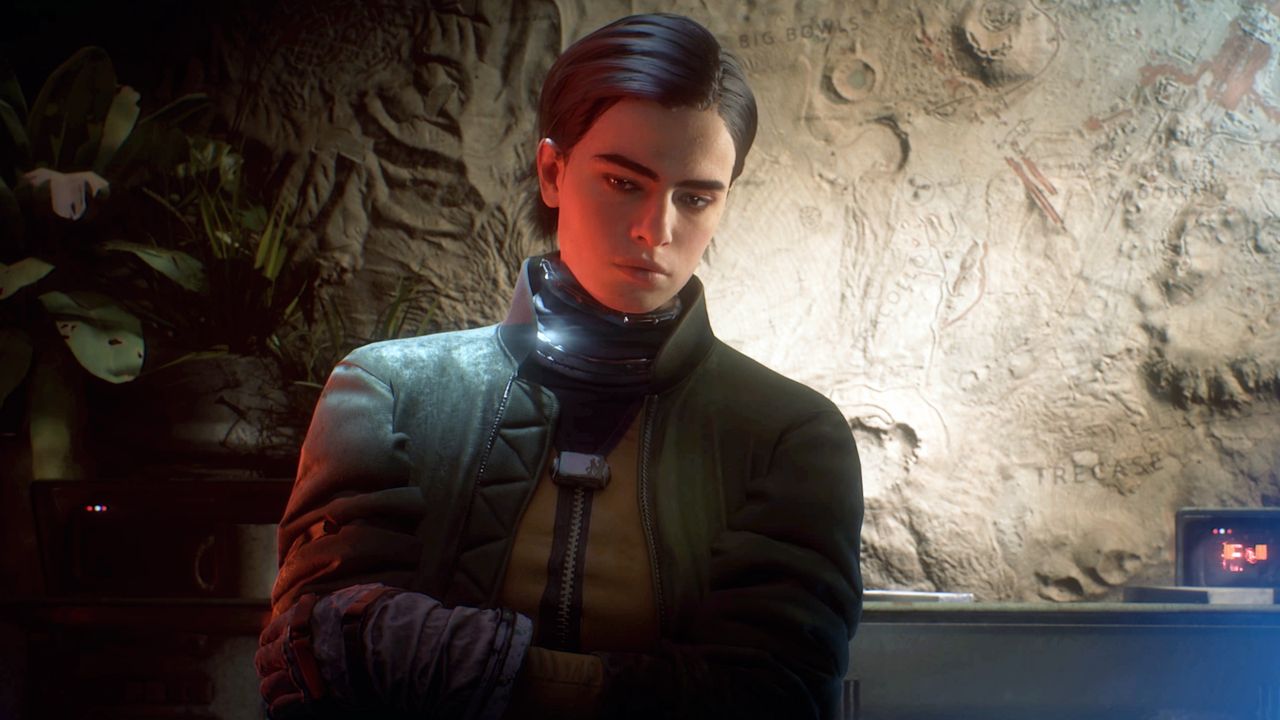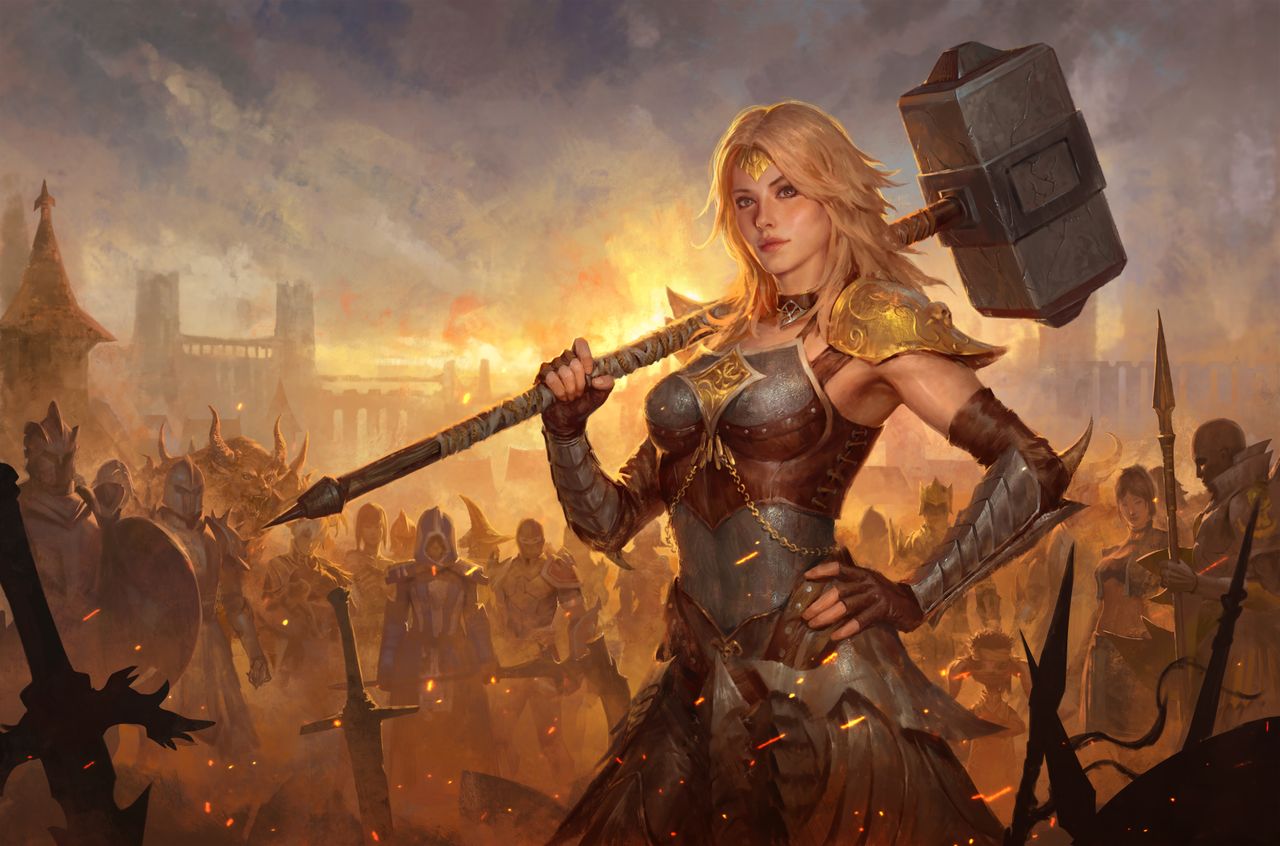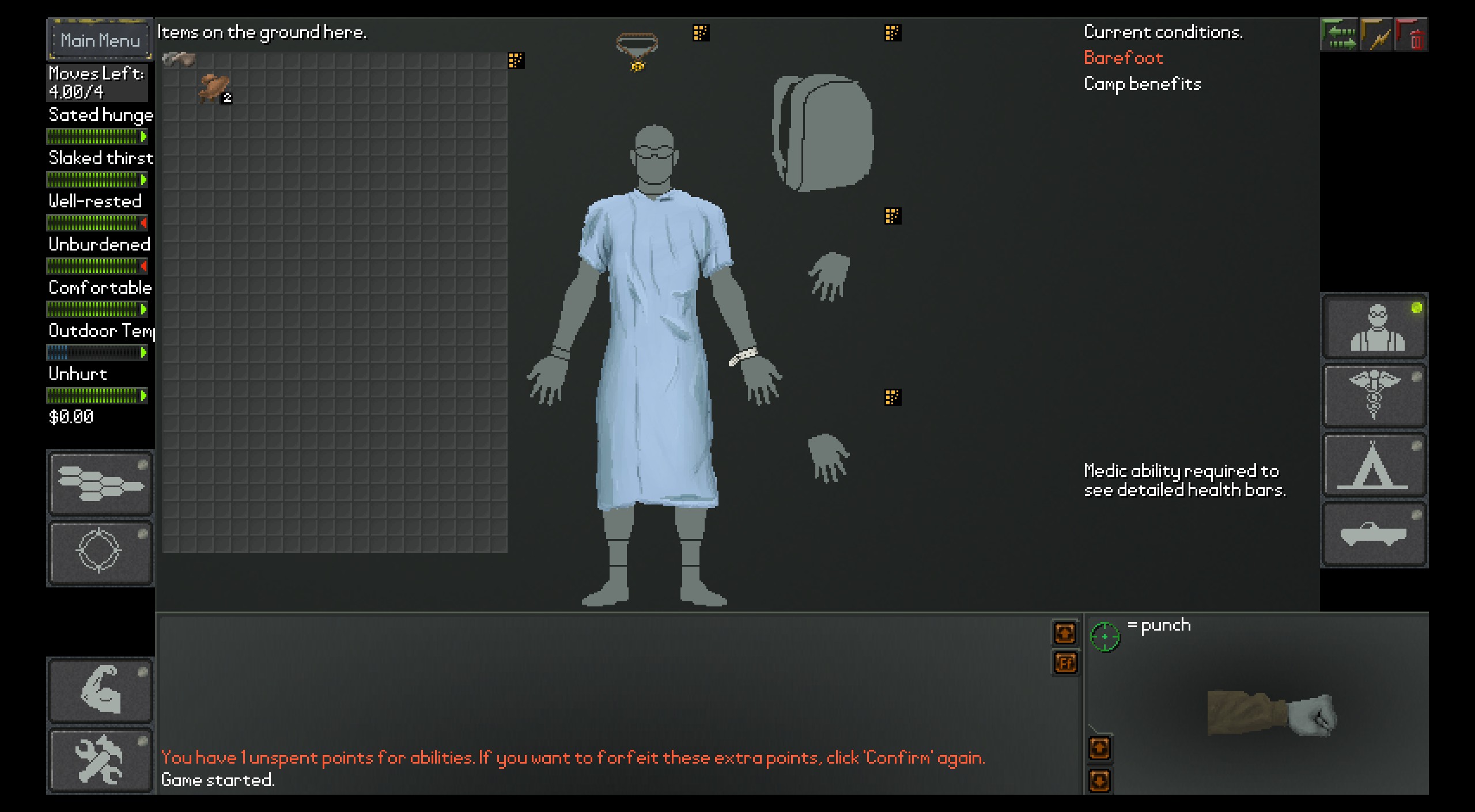Study finds around 87 percent of games are unplayable without resorting to piracy, scavenger hunts, or travelling to an archive
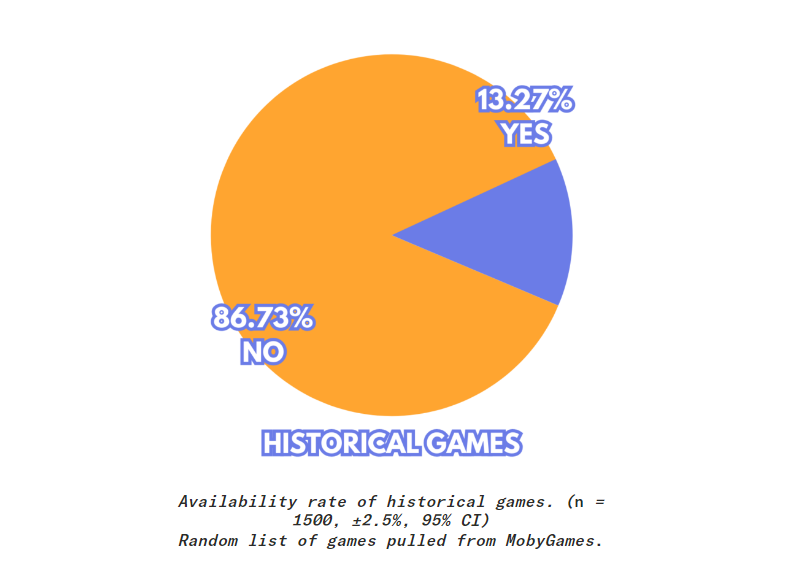
A study by the Video Game History Foundation, a “non-profit organisation dedicated to preserving, celebrating, and teaching the history of video games”, has found that most antique games are beyond the reach of fans unwilling to brandish the black flag on the digital high seas.
“87% of classic video games released in the United States are critically endangered,” claims the study. “Just 13% of video game history is being represented in the current marketplace. In fact, no period of video game history defined in this study even cracked 20% representation.”
Their methodology, which you can read the full breakdown of here, used a randomised sample of 1,500 games released before 2010, “which is roughly the year when digital game distribution started to take off.” They also collected further, more targeted data on different consoles, or “ecosystems”: “Abandoned”, “Neglected”, and “Active”—giving the examples of the Commodore 64, the Game Boy, and the PS2 respectively. In total, over 4,000 games were included in the study.
Whether a re-released game counted as “accessible” was based on how much of the original had been preserved. For example, the foundation considered the remaster of 1987’s Jinxster to qualify for still being “available,” while Yakuza Kiwami, a remake of Sega’s 2005 action classic Yakuza, was considered too different to qualify the original as being “in print”.
The study mentions “libraries and archives can digitally preserve, but not digitally share video games, and can provide on-premises access only,” which is an important distinction. You can still technically play many of the games the study states are “endangered”, it’s just impossible if you don’t live close to an archive.

It does, however, make a salient point by comparing classic games to the Titanic movie: “Imagine if the only way to watch Titanic was to find a used VHS tape, and maintain your own vintage equipment so that you could still watch it. And what if no library, not even the Library of Congress, could do any better—they could keep and digitise that VHS of Titanic, but you’d have to go all the way there to watch it.”
This comes in the environment of increasingly complex arguments over copyright laws and game preservation, in a medium where the platforms themselves vanish along with their titles.
In an article by Ars Technica that the foundation links to, the US Copyright Office’s remote-access exemptions for archived works “explicitly leave out video games.” Even video game researchers and historians have to travel just to play games that are otherwise impossible to buy.
According to the foundation: “The video game industry’s main lobbying group has successfully argued to the US Copyright Office that the industry already does enough to preserve its own history commercially, and that additional protections for preservation institutions would hurt their bottom line.”
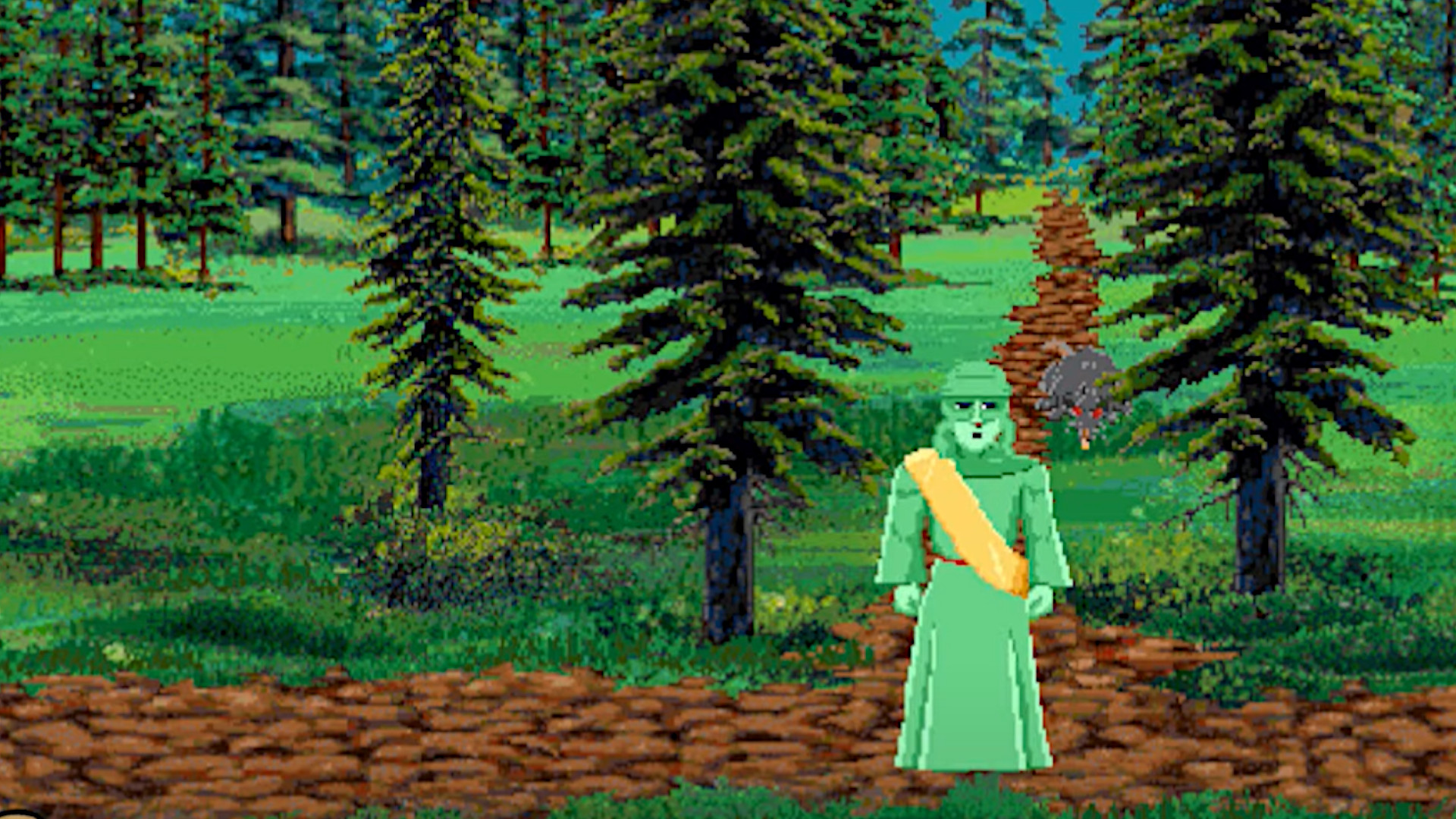
The foundation then goes on to cite several examples of aggressive industry campaigning against preservation efforts: in 2015, the Entertainment Software Association (ESA) argued that there’s “no such thing as an obsolete game.”
Then again in 2021, the ESA argued again that the preservation of video games was “addressed adequately” by the current exemptions, something which the Video Game History Foundation has just thrown into harsh doubt.
The debate around preservation hits close to home for most gamers. Just in this past month, I’ve written about both Wildstar and A Realm Online, the former you can’t play anymore, and the latter had the dial completely reset on a bunch of quality-of-life improvements due to IP holder stonewalling.
Even one of my favourite MMOs, City of Heroes, was completely inaccessible until a private server finally became public in 2019. Finally putting together how dire the situation is in concrete numbers is one step closer to making sure no game gets left behind.

